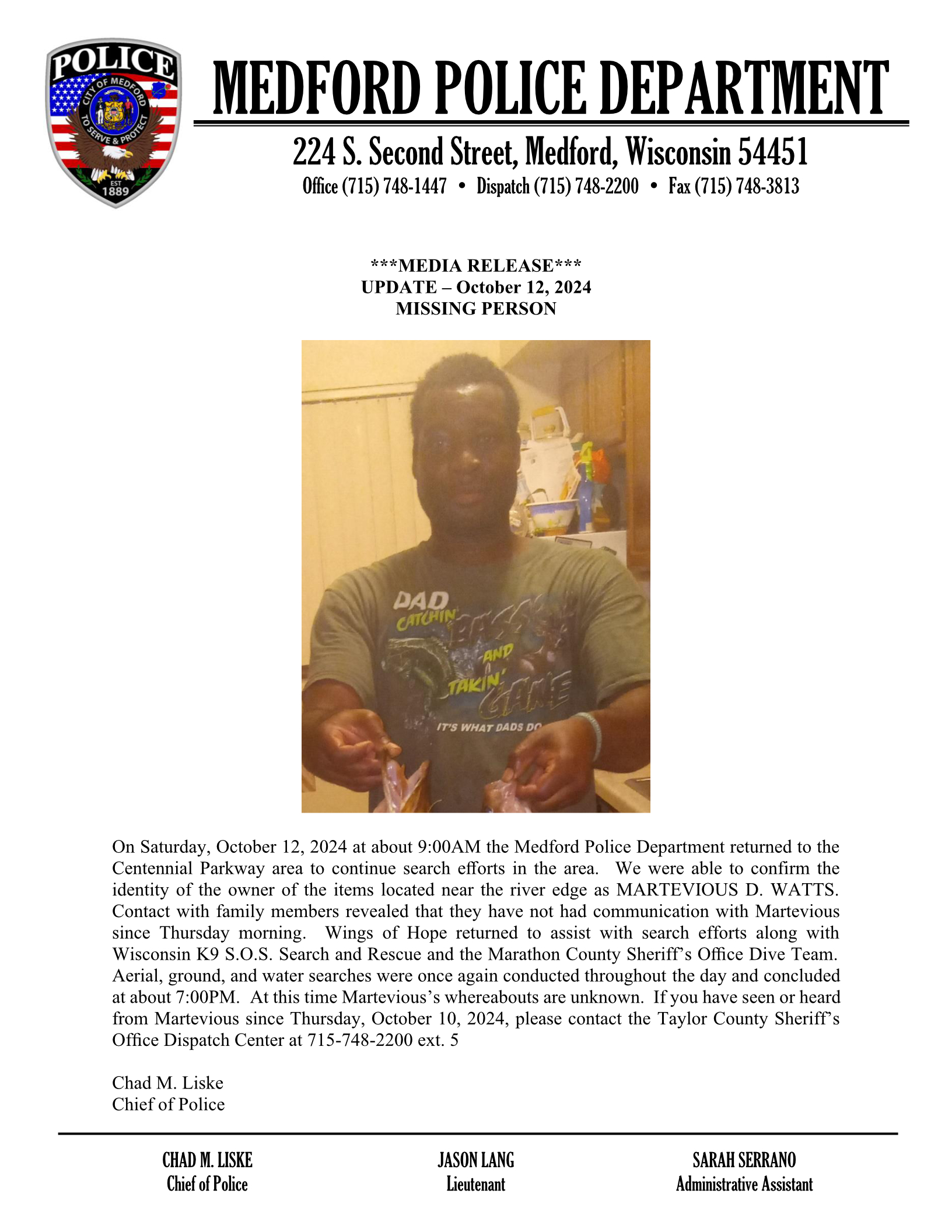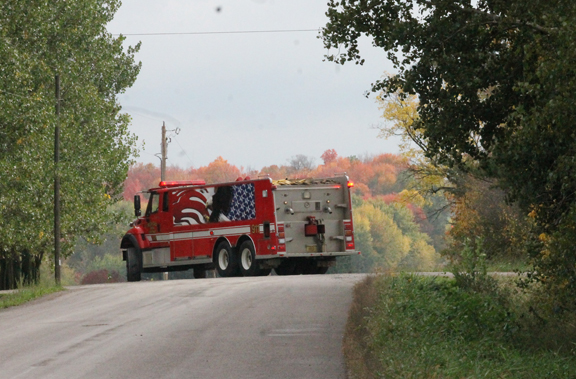Flu vaccine outreach in works for minority areas
The Wisconsin Institute for Public Policy and Service (WIPPS ), has received a $200,000 grant from the Wisconsin Department of Health Services (DHS), to help Hmong and Hispanic residents in central Wisconsin, become better informed about the importance of flu vaccinations, and help them access the vaccines for themselves and their families.
In response to the COVID-19 pandemic, WIPPS launched the COVID-19 Hmong and Hispanic Communication Network last spring, to strengthen communication channels between public health, health systems, resource agencies and the minority communities. The program began with the recruitment of community coordinators and the training of a network of eight community health workers.
“This grant will help us expand the network of community health workers who have been doing outreach to the Hmong and Hispanic communities since May,” said Dr. Corina Norrbom, WIPPS fellow and team lead for the program. “These community liaisons, who can speak Hmong and Spanish, are viewed as trusted messengers, because of their history with and connection to the community.
“They help support the work of healthcare providers who are often not fully aware of minority issues and may lack effective communication networks with underserved populations.”
The liaisons will share information about influenza and the influenza vaccine, and help connect people with opportunities to get vaccinated, even if they do not have health insurance. This program will also develop culturally appropriate messaging in local media and on social media, and will coordinate influenza vaccine clinics that will target these populations.
“The COVID-19 pandemic has shown the urgent need for an informed public to minimize the spread of disease and associated negative health, educational and economic impacts,” said Norrbom. “Immigrant communities are especially vulnerable. We are grateful to DHS for providing this funding to get more people vaccinated, protecting families against flu and conserving health resources for the ongoing pandemic.”



